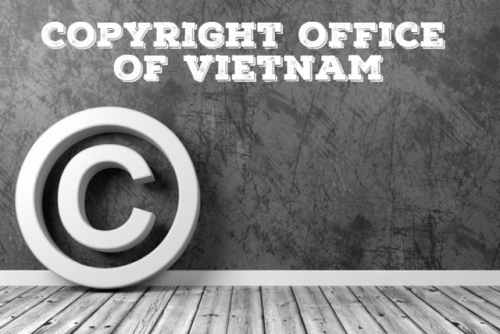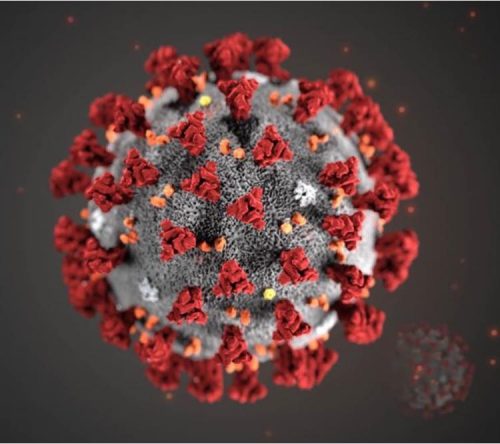Notice on receipt of request for accelerating examination of patent applications under the PPH program between the Intellectual Property Office of Vietnam and Japan Patent Office in 2020
On 22 May 2020, the Intellectual Property Office of Vietnam (IP Vietnam) issued Notice No. 7108/TB-SHTT regarding its receipt of request for accelerating examination of patent applications under the PPH program (PPH request) between the IP Vietnam and Japan Patent Office (JPO) in 2020. According to this Notice, as at the end of 4 May 2020, the IP Vietnam had sufficiently received 100 PPH requests for the period from 1 April 2020 thru 30 September 2020....
Continue reading




